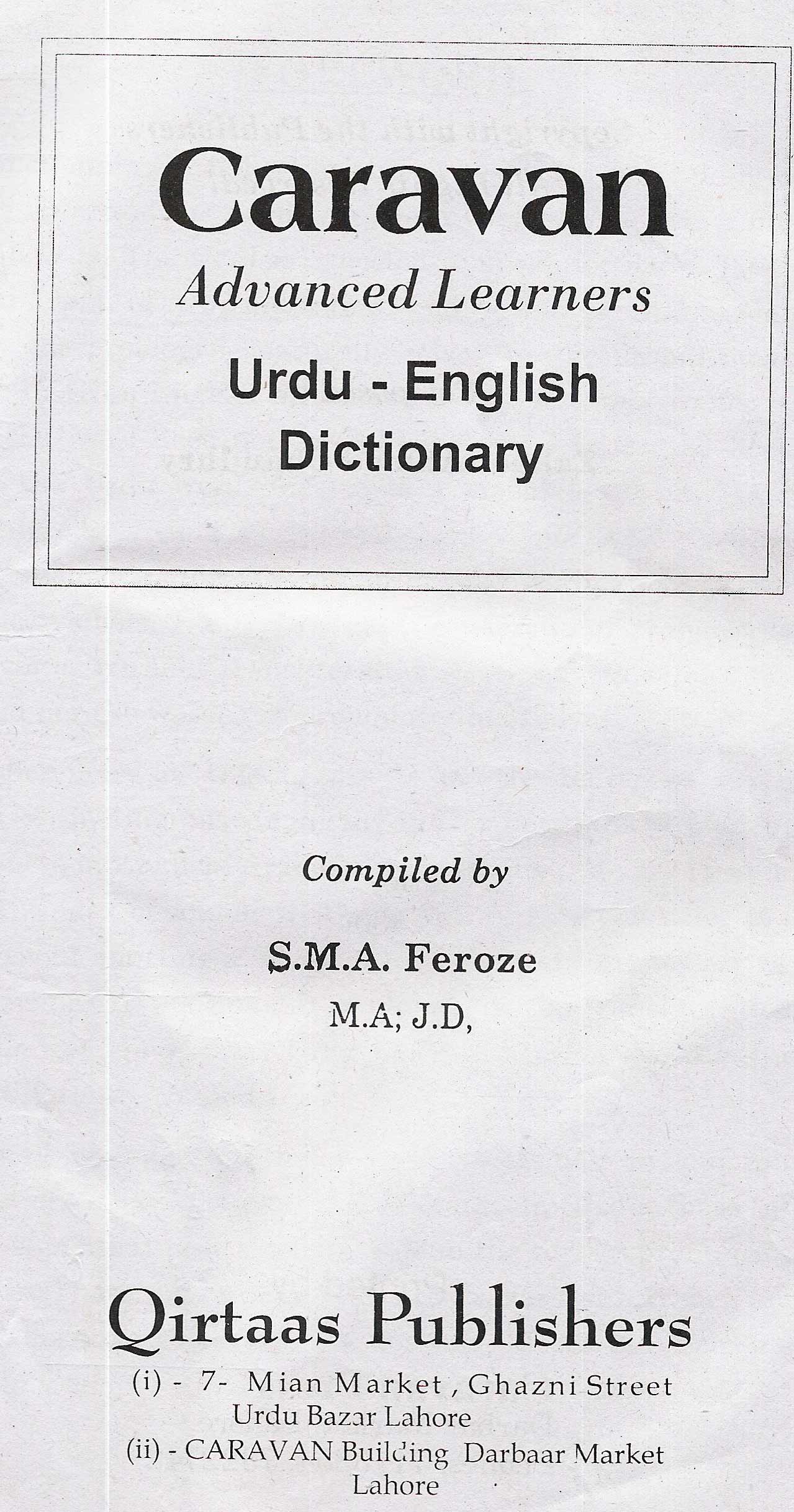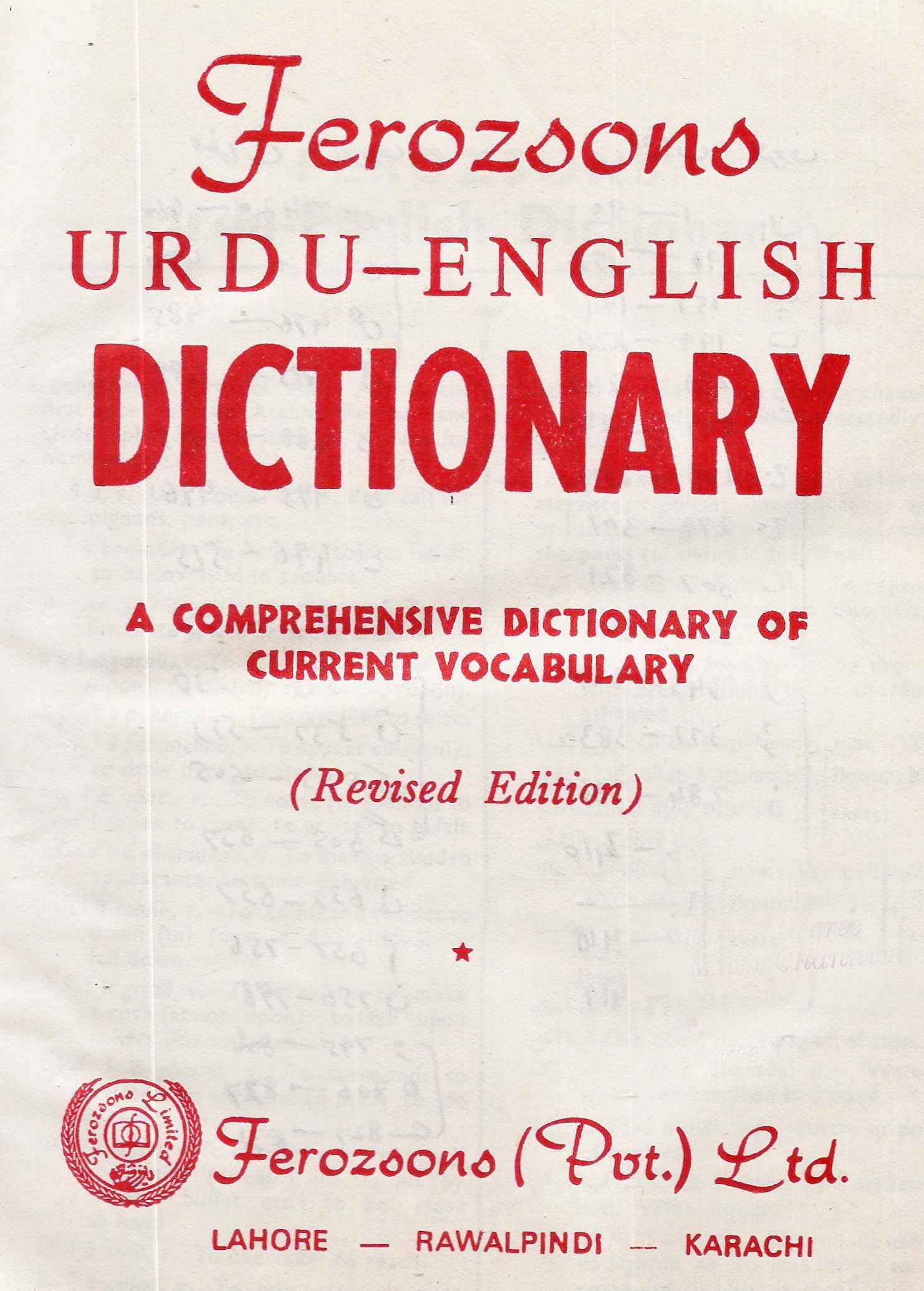AN APPEAL FOR SUPPORT
- We seek your support to meet expenses relating to formatting of articles and books, maintaining and running the journal through hosting, correrspondences, etc.Please write to the Editor in his e-mail address mthirumalai@comcast.net to find out how you can support this journal.
Also please use the AMAZON link to buy your books. Even the smallest contribution will go a long way in supporting this journal. Thank you. Thirumalai, Editor.
BOOKS FOR YOU TO READ AND DOWNLOAD FREE!
- A STUDY OF THE SKILLS OF READING
COMPREHENSION IN ENGLISH DEVELOPED BY STUDENTS OF STANDARD IX IN THE SCHOOLS IN TUTICORIN DISTRICT, TAMILNADU ...
A. Joycilin Shermila, Ph.D. - A Socio-Pragmatic Comparative Study of Ostensible Invitations in English and Farsi ...
Mohammad Ali Salmani-Nodoushan, Ph.D. - ADVANCED WRITING - A COURSE TEXTBOOK ...
Parviz Birjandi, Ph.D.
Seyyed Mohammad Alavi, Ph.D.
Mohammad Ali Salmani-Nodoushan, Ph.D. - TEXT FAMILIARITY, READING TASKS, AND ESP TEST PERFORMANCE: A STUDY ON IRANIAN LEP AND NON-LEP UNIVERSITY STUDENTS - A DOCTORAL DISSERTATION ...
Mohammad Ali Salmani-Nodoushan, Ph.D. - A STUDY ON THE LEARNING PROCESS OF ENGLISH
BY HIGHER SECONDARY STUDENTS
WITH SPECIAL REFERENCE TO DHARMAPURI DISTRICT IN TAMILNADU ...
K. Chidambaram, Ph.D. - SPEAKING STRATEGIES TO OVERCOME COMMUNICATION
DIFFICULTIES IN THE TARGET LANGUAGE SITUATION - BANGLADESHIS IN NEW ZEALAND ...
Harunur Rashid Khan - THE PROBLEMS IN LEARNING MODAL AUXILIARY VERBS IN ENGLISH AT HIGH SCHOOL LEVEL ...
Chandra Bose, Ph.D. Candidate - THE ROLE OF VISION IN LANGUAGE LEARNING
- in Children with Moderate to Severe Disabilities ...
Martha Low, Ph.D. - SANSKRIT TO ENGLISH TRANSLATOR ...
S. Aparna, M.Sc. - A LINGUISTIC STUDY OF ENGLISH LANGUAGE CURRICULUM AT THE SECONDARY LEVEL IN BANGLADESH - A COMMUNICATIVE APPROACH TO CURRICULUM DEVELOPMENT by
Kamrul Hasan, Ph.D. - COMMUNICATION VIA EYE AND FACE in Indian Contexts by
M. S. Thirumalai, Ph.D. - COMMUNICATION
VIA GESTURE: A STUDY OF INDIAN CONTEXTS by M. S. Thirumalai, Ph.D. - CIEFL Occasional
Papers in Linguistics,
Vol. 1 - Language, Thought
and Disorder - Some Classic Positions by
M. S. Thirumalai, Ph.D. - English in India:
Loyalty and Attitudes
by Annika Hohenthal - Language In Science
by M. S. Thirumalai, Ph.D. - Vocabulary Education
by B. Mallikarjun, Ph.D. - A CONTRASTIVE ANALYSIS OF HINDI
AND MALAYALAM
by V. Geethakumary, Ph.D. - LANGUAGE OF ADVERTISEMENTS
IN TAMIL
by Sandhya Nayak, Ph.D. - An Introduction to TESOL:
Methods of Teaching English
to Speakers of Other Languages
by M. S. Thirumalai, Ph.D. - Transformation of
Natural Language
into Indexing Language:
Kannada - A Case Study
by B. A. Sharada, Ph.D. - How to Learn
Another Language?
by M.S.Thirumalai, Ph.D. - Verbal Communication
with CP Children
by Shyamala Chengappa, Ph.D.
and M.S.Thirumalai, Ph.D. - Bringing Order
to Linguistic Diversity
- Language Planning in
the British Raj by
Ranjit Singh Rangila,
M. S. Thirumalai,
and B. Mallikarjun
REFERENCE MATERIAL
- UNIVERSAL DECLARATION OF LINGUISTIC RIGHTS
- Lord Macaulay and
His Minute on
Indian Education - In Defense of
Indian Vernaculars
Against
Lord Macaulay's Minute
By A Contemporary of
Lord Macaulay - Languages of India,
Census of India 1991 - The Constitution of India:
Provisions Relating to
Languages - The Official
Languages Act, 1963
(As Amended 1967) - Mother Tongues of India,
According to
1961 Census of India
BACK ISSUES
- FROM MARCH 2001.
- FROM JANUARY 2002.
- INDEX OF ARTICLES
FROM MARCH, 2001
to MARCH 2007. - INDEX OF AUTHORS
AND THEIR ARTICLES
FROM MARCH, 2001
- MARCH 2007
- E-mail your articles and book-length reports in Microsoft Word to mthirumalai@comcast.net.
- Contributors from South Asia may send their articles to
B. Mallikarjun,
Central Institute of Indian Languages,
Manasagangotri,
Mysore 570006, India or e-mail to mallikarjun@ciil.stpmy.soft.net. PLEASE READ THE GUIDELINES GIVEN IN HOME PAGE IMMEDIATELY AFTER THE LIST OF CONTENTS. - Your articles and booklength reports should be written following the MLA, LSA, or IJDL Stylesheet.
- The Editorial Board has the right to accept, reject, or suggest modifications to the articles submitted for publication, and to make suitable stylistic adjustments. High quality, academic integrity, ethics and morals are expected from the authors and discussants.
Copyright © 2007
M. S. Thirumalai
NEED FOR AN ACTIVE DICTIONARY FOR
THE ADVANCED LEARNERS OF ENGLISH IN
PAKISTAN
Mahmood Ahmad, Ph.D. Candidate

Abstract
The learners have no escape from the dominant language, Urdu in the present case. Consequently, a lot of negative transfer takes place in the production of English. Various kinds of reference works have been prepared to cater for the encoding needs of the learners. In case of encountering difficulties, while composing a text or translating into L2, the learner starts from Urdu/L1 word which s/he hopes to find only in an Urdu- English dictionary. He/she uses this to find equivalents in English, along with information on their context of use and restrictions, if any. The existing Urdu-English dictionaries fail the users on various counts. There is a need for a learner�s dictionary prepared along modern principles drawing upon the insights of research and advancement in lexicography, linguistics, psychology, translation studies, lexicology, and information technology.
1. Linguistic Situation in Pakistan
![]()
In order to discuss the kind of dictionary advanced Pakistani learners of English need for encoding purposes, we need to look at the issue from the perspective of the target users � a cardinal principle in modern lexicography (Tono 2001).
Pakistan is a multi-lingual country where around 70 languages are spoken as mother tongues. Urdu serves as the lingua franca. It happens to be the medium of instruction and the language of media. It is the national language of the country. The constitution of the country recognizes it as pre-eminent and restricts the use of English. The constitution proclaims to replace English with Urdu. Interestingly, the constitution itself and the laws are codified in English. English is the language of power and prestige. That is why, perhaps, English enjoys monopoly in the formal education system.
2. Lexical Contrastive Analysis

The students have access to English through Urdu as Grammar Translation Method (GTM) is employed to teach English in Pakistan. Urdu and English widely differ from each other. Their orthographies, vocabularies, phonologies, syntaxes and morphologies are different. The learners face problems at all levels of language � pronunciation, syntax, morphology, vocabulary and pragmatics. Added to these are the difficulties posed by the cleavage of culture and clime. Consequently, frequent negative transfer takes place, i.e., the features of Urdu are carried over to English resulting in students� errors.
It will be pertinent here to cite some examples of points of difficulty. In Urdu, the feature of count noun vs. non-count noun is non-existent. Hence, the words like �kaam� (work), �baal� (hair), �khabar� (news), and many more have plurals in Urdu. The learners are misled and they carry over the feature into English. Hence, it is not uncommon to find such errors as:
(Urdu) Us kay baal ghungrialy hain. Eng.Tr. *Her hairs are curly.
(Urdu) Yeh khabrain darust nahin hain. Eng.Tr. * These news are not correct.
(Urdu) Mujhay ghar per bahot sey kaam hain. Eng.Tr. *I have many works (jobs to do) at home.
In the sentence
(Urdu) aap kay waalid sahib kia kartay hain. Eng.Tr.: What is your father?
the word sahib remains untranslated. In Urdu it has a special function. It shows deference. Moreover, for the same reason, i.e., to show deference, the words �aap� � kay� �kartay,� �hain� are used, but, in English, their equivalents do not convey the same connotations. Matters are made worse due to �bilingual reflex,� which refers to the belief that one can and should match every word in one�s native language with a corresponding term in the language one is learning (Nesi 2000).
3. A Typology of Learner�s Communicative Needs
According to Tomaszczyk (1983) the reference needs of the foreign language learners fall into two types: �receptive,� i.e., (a) to comprehend the spoken language, (b) to read the target language text, (c) to translate the target language text into the source language, and �productive� i.e., (a) to express verbally in the target language, (b) to produce text in the target language, (c) to translate the source language text into the target language.
Hartmann (1999) et al., note, �Dictionaries are essential tools for foreign language learning�. However, it is equally true that no single dictionary can cater to all kinds of the above-mentioned needs.
The present writer subscribes to Hartmann (1999) et al.�s observation that �A full range of monolingual, bilingual and multilingual dictionaries and other reference works should be available for each language and language pair�.
Various kinds of dictionaries have been developed to help learners address the encoding needs. They include: (a) monolingual learner�s dictionaries, (b) bilingualised dictionaries having L2 � L2 � L1 format (Laufer 1995), (c) Thesauri and Dictionaries of Synonyms and Antonyms, and (d) bilingual dictionaries in L1- L2 format.
Bilingual Advertising in a Multilingual Country | Need for an Active Dictionary for the Advanced Learners of English in Pakistan | Voices of the Marginalised - The Voice of God in the Lives of the People
A Study of Leo Tolstoy's Language | Gandhi's Ideology on the Empowerment of Women | N. Palanivelu: A Pioneer among the Tamil Writers of Malaysia and Singapore | Strategies for Communication Skills Development for the Students of Engineering Colleges in India | LANGUAGE NEWS THIS MONTH -
Ethnic Killing in India, Etc. | On Refining Your Etiquette -CHAPTER 8 -- WORDS, PHRASES AND PRONUNCIATION - From the Book of Etiquette by Emily Post, 1922 | HOME PAGE OF APRIL 2007 ISSUE | HOME PAGE | CONTACT EDITOR
Mahmood Ahmad, Ph.D. Candidate
Department of English
Government College, Burewala
Vehari, The Punjab
Pakistan
mahmood.szbf@yahoo.com
- Send your articles
as an attachment
to your e-mail to
mthirumalai@comcast.net. - Please ensure that your name, academic degrees, institutional affiliation and institutional address, and your e-mail address are all given in the first page of your article. Also include a declaration that your article or work submitted for publication in LANGUAGE IN INDIA is an original work by you and that you have duly acknolwedged the work or works of others you either cited or used in writing your articles, etc. Remember that by maintaining academic integrity we not only do the right thing but also help the growth, development and recognition of Indian scholarship.
